

Some patients feel skin tightening within the first week or two after their treatment as existing collagen and elastin fibers firm up.
The scabs take about 5–10 days to fall off and reveal fresh skin underneath, which may appear pink. You may see a difference within the first 10 days, but it can take 3–6 months to see full results, since skin resurfacing relies on increased collagen and elastin production. Your body needs time to produce the new protein fibers and skin cells.
You may need a series of treatments to see optimal results.
The Subnovii plasma energy device uses low-frequency (LF) technology to tighten skin and minimize the appearance of fine lines; wrinkles; acne scars; and benign lesions on the face, neck, and décolletage.
The small, handheld device is the first plasma tool on the market with low-frequency technology. Its internal control system ensures a consistent, precise level of energy. This functionality, along with its size, allows for a precise treatment and minimizes healing time, even in delicate areas like around the eyes and mouth.
Subnovii emits an arc of energy that interacts with the thin layer of plasma, or ionized gas, along your skin's surface. This energy penetrates the surface of your skin and triggers a healing response in cells called fibroblasts, which go into overdrive in their production of collagen, elastin, and hyaluronic acid. Also called fibroblasting, the treatment regenerates skin from the inside out.
Results last one to three years. At that point, you’ll need a follow-up treatment to maintain them. It’s important to continue a good skincare regimen, including wearing sunscreen to protect your skin.
Talk to your provider about your overall skin rejuvenation goals and potential treatment options. Whether you want to smooth out fine lines or lift sagging skin, they’ll be able to help you understand the benefits and drawbacks of the many available treatments.
In some cases, Subnovii can be combined with other aesthetic treatments. Your provider might suggest laser resurfacing, chemical peels, or microneedling.
Another well-known plasma resurfacing device called Plasma Pen is also on the market, but the majority of RealSelf members who’ve had the treatment rated it Not Worth It due to pain, hyperpigmentation, or lack of results.
Some doctors on RealSelf are wary of it, too. “The Plasma Pen lacks any controls,” says Santa Rosa Beach, Florida, otolaryngologist Dr. Steven Weiner. “The spot size, pulse duration, density, and depth are highly variable and completely up to the user.”
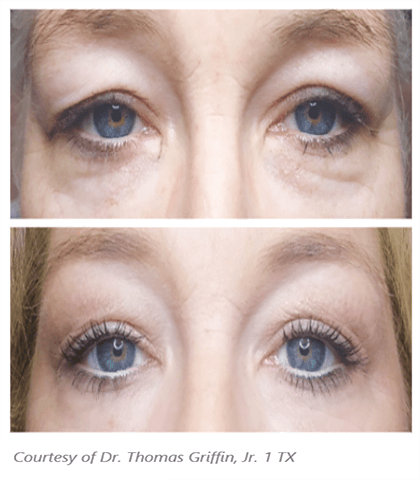
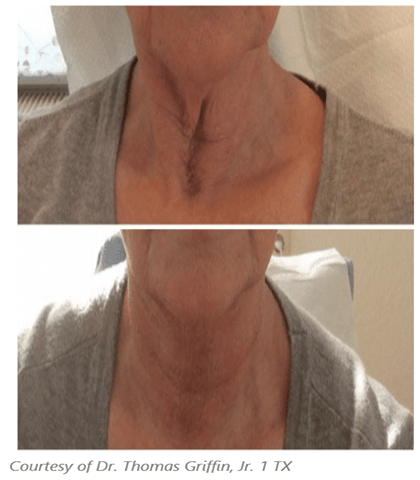
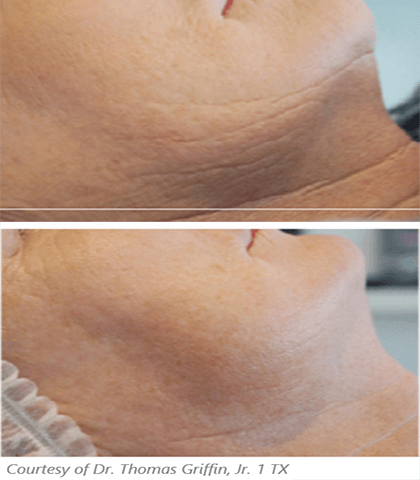
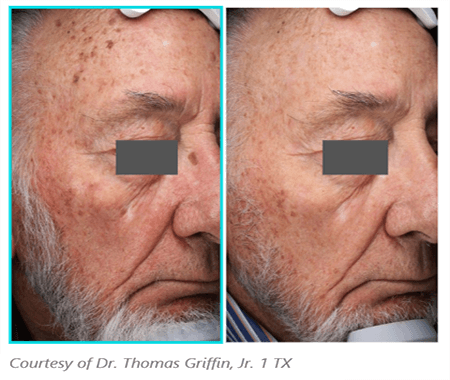
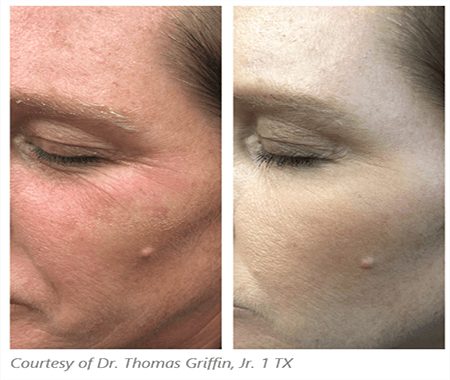

Dr. Gary Mendese is board certified in Dermatology, and specializes in Mohs surgery; practicing in both Massachusetts and New Hampshire. Dr. Mendese completed his dermatology training at the combined Boston University/Tufts University Dermatology Residency Program, where he served as Chief Resident.
If your desired appointment type or preferred provider is unavailable online, kindly call (978) 525-0100 for Peabody, MA and (603) 742-5556 for all New Hampshire locations. Alternatively please feel free to send us your request via the patient portal, or via email at info@dermskinhealth.com
*For medical dermatology appointments in MA please dial (978) 525-0100 or fill out the appointment request form above.